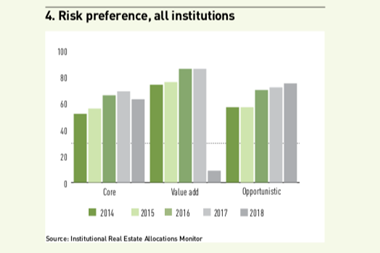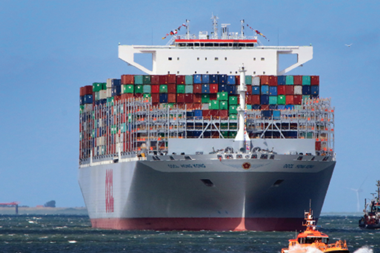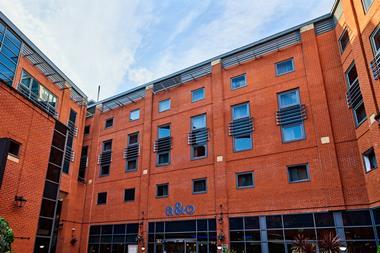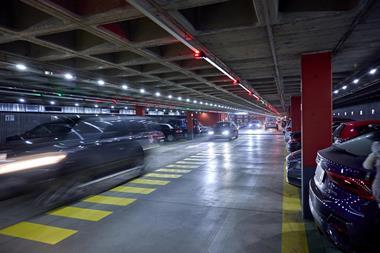Real estate transactions worth as much as $10bn (€8.93bn) are under negotiation in China between domestic sellers and prospective buyers from the Middle East, Eastern Europe and Russia, according to Cushman & Wakefield.
Potential buyers include sovereign wealth funds such as the Abu Dhabi Investment Authority (ADIA), the Abu Dhabi Investment Council (ADIC) and the Qatar Investment Authority (QIA).
“This is the first time we have seen interest from this group of buyers since the global financial crisis,” said Adam Rush, Cushman & Wakefield’s regional director.
Rush told IPE Real Assets that momentum in this new wave began to surface around 12 months ago, and has since built up steadily.
The potential buyers also include financial groups and insurance companies from the United Arab Emirates, Qatar and Saudi Arabia. They are looking for core commercial assets, intended for long-term hold.
Rush said: “I think the catalyst is the fact that Chinese stocks and bonds are now included in the MSCI and global indices. This has led to a change in the perception of China’s risk profile.”
He said institutions generally, and especially those from the financial sector, had strict risk limitations on where and how they could invest.
Global index provider MSCI first included Chinese stocks in its global and regional indices in June last year. It plans to quadruple the weighting of Chinese mainland shares in its global benchmarks later this year in a move that could potentially draw more than $80bn of fresh foreign inflow into the world’s second-biggest economy, according to analysts.
And from this month, yuan-denominated bonds issued by the Chinese government and China’s policy banks have started to be included in the Bloomberg Barclays Global Aggregate Index.
Another reason for renewed interest, Rush said, was familiarity.
Some of the groups, particularly those in Eastern Europe and Russia, had been working with Chinese contractors on infrastructure projects related to China’s Belt and Road Initiative for the past five or six years.
“The new investors are focused on tier-one cities. They are looking for income-producing commercial real estate – and, in some instances, distressed hotels. They are not looking at assets priced under $250-$300m.”
Rush said foreign investors would be “lucky” to pick up well-located premium office buildings in tier-one cities like Beijing or Shanghai for less than $500m.
There were numerous choices, however, in the hotel sector, where there were bargains among distressed assets.
“This market is oversupplied with five-star hotels,” Rush said. “A hotel charging $120 a night and operating at 70% occupancy is considered to be doing very well.
“The back story is that [Chinese] local governments like five-star hotels in their districts. So they would not approve mixed-use projects unless a hotel, to be managed by a name international operator, was part of the plan.
“To encourage international operators to go to second-and third-tier cities, developers provide guaranteed returns of 6%-10% and sometimes up to an all-income return of 15%, when costs such as staff training were charged back to the owner.”
Asked why a distressed hotel would appeal to an investor, Rush said: “Potential investors, like insurance companies, work on a 40-year strategy.
“Some of these groups own hotels around the world, and they can reflag the property and renegotiate terms with the hotel operators.”
In some instances, he expects the new owners to seek approval from local authorities to convert the assets into serviced apartments.
But apart from investors from the Middle East, Eastern Europe and Russia, Rush said foreign developers from Europe or the US remained thin on the ground.
“I haven’t seen buyers from Western Europe and the US – yet,” he said.














